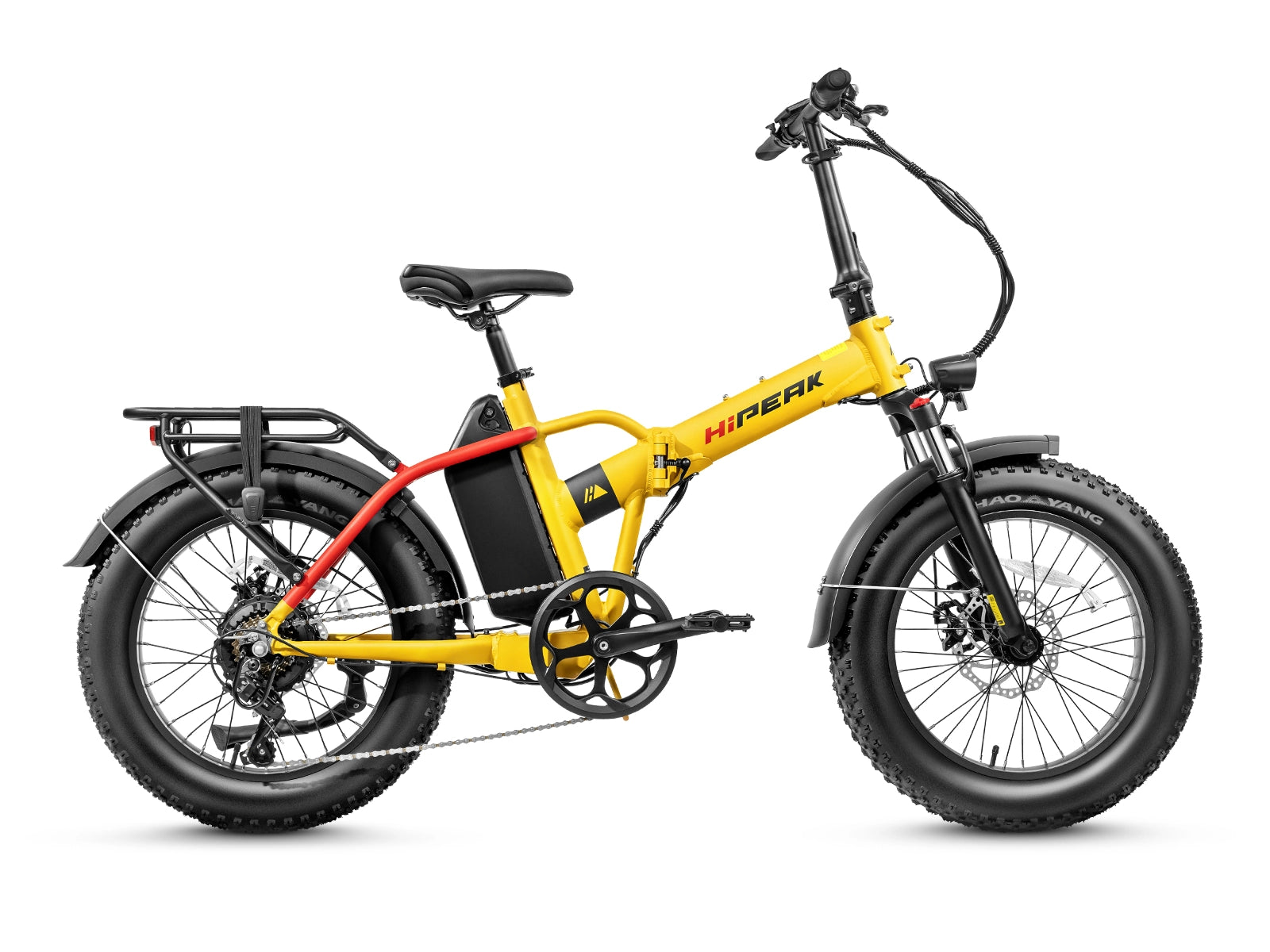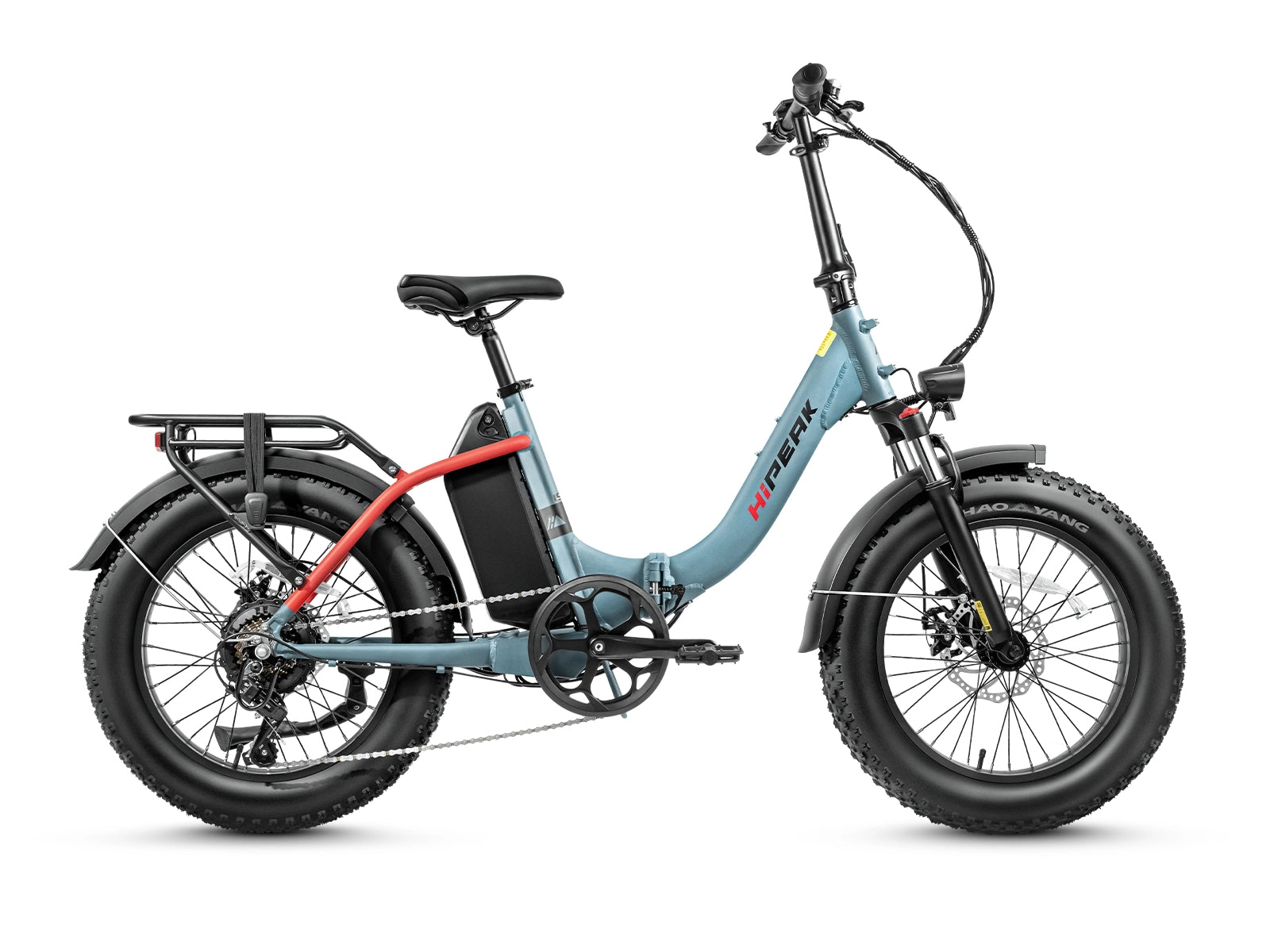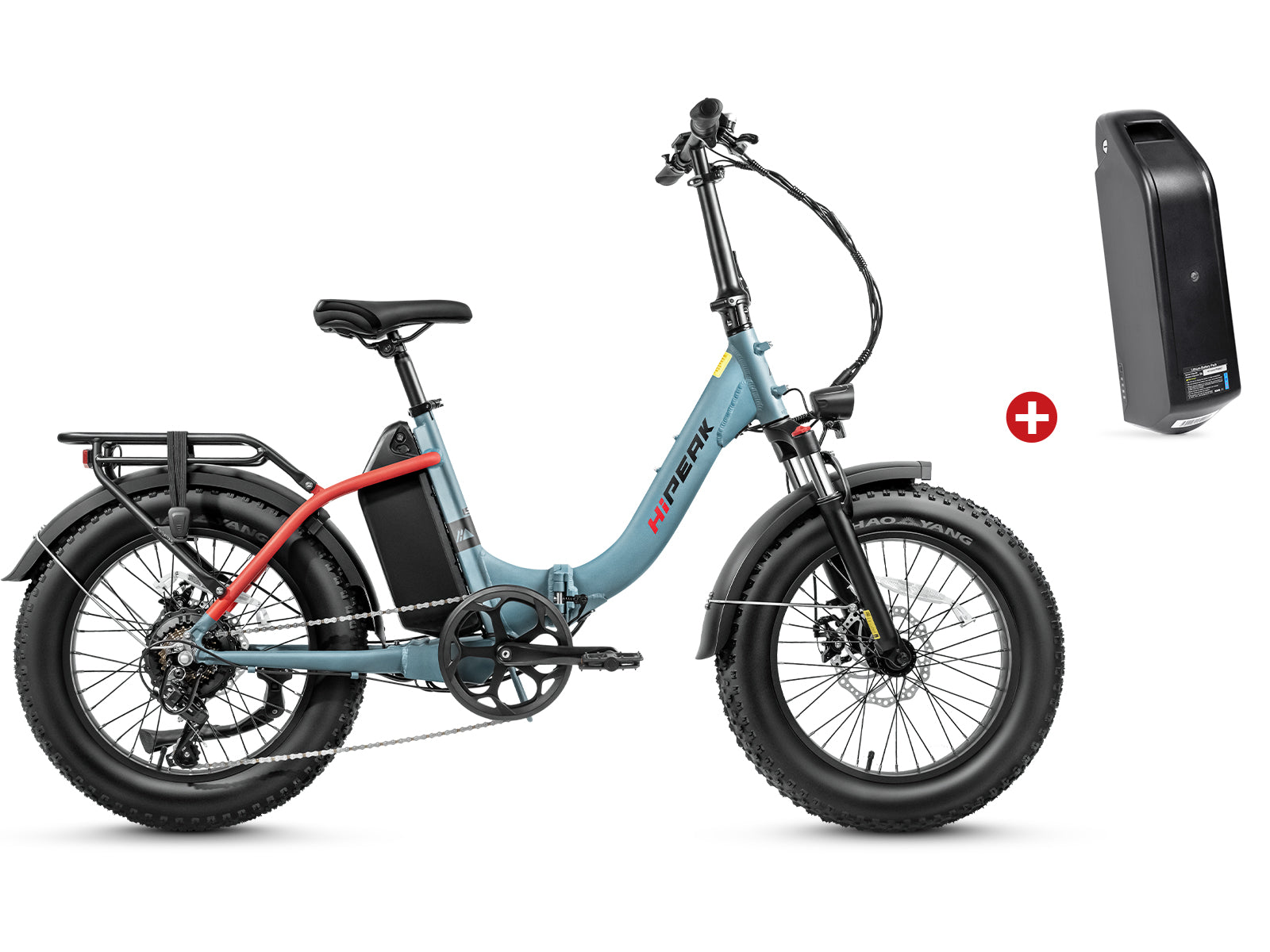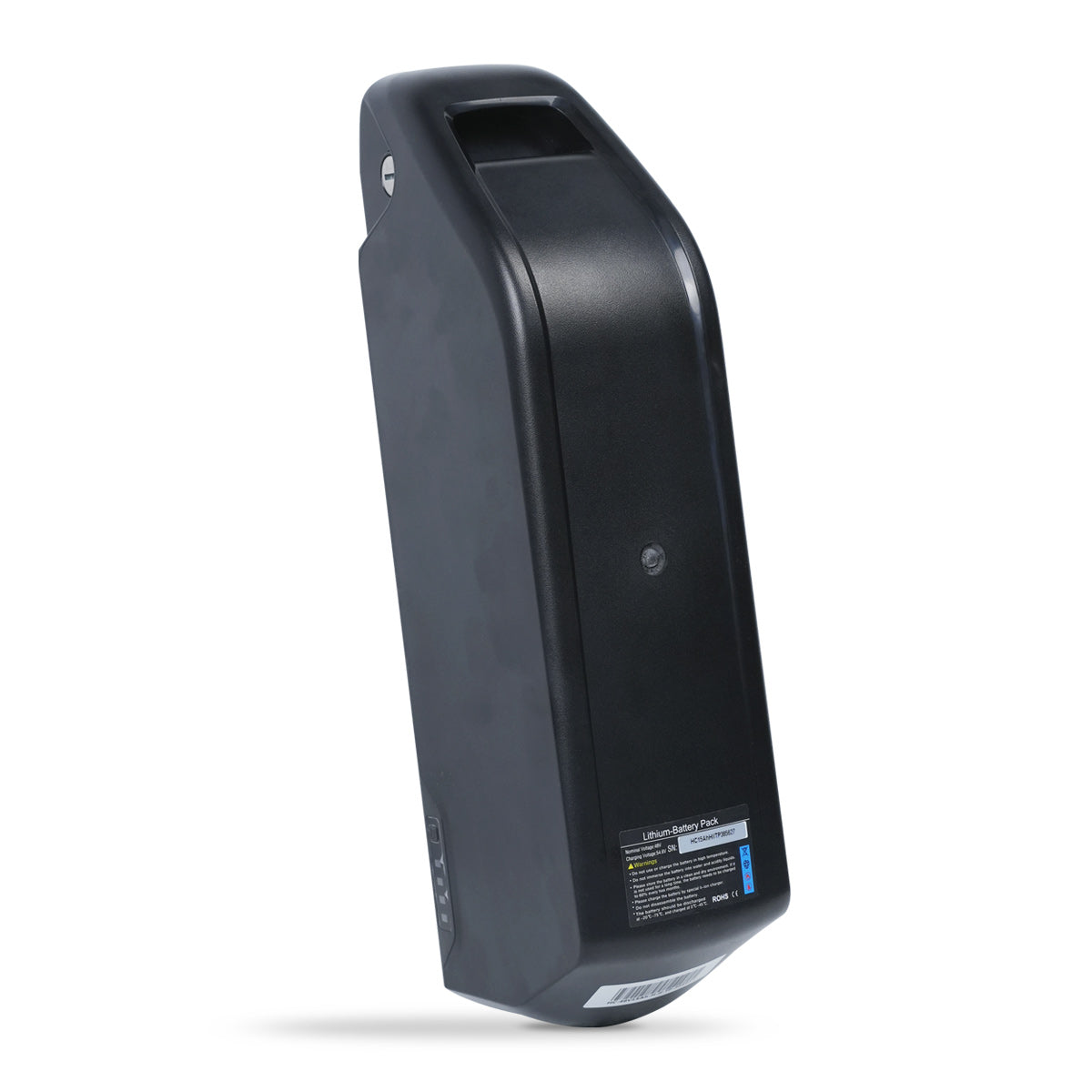How Much Do E-bike Batteries Cost?

The most expensive part of an electric bike, the battery accounts for the majority of its value. Since it often accounts for 30% to 40% of the bike's value, it also has the highest pricing impact. It is not, however, impervious to the effects of wear and tear, just like any other component.
The machine's engine—an electric bike battery
It provides the force that moves you ahead. Your e-bike would just be a regular bike without a dependable and effective battery. Due to constant use, aging, or damage, the battery's performance may degrade over time. Remember that these things have a shelf life, so eventually you will have to change the power source because it will either be broken or too old. If the time ever comes, it's critical that you choose a replacement model for both your e-bike and your budget. An electric bike battery's price might change depending on a number of variables, including its brand, quality, and capacity. A high-quality e-bike battery typically costs between $300 and $900 at retail, though prices might vary.
estimating battery cost
It is critical to comprehend the major aspects that affect an electric bike battery's pricing while estimating its cost. The brand is one of the most important things. Because they have a reputation for producing high-quality and dependable batteries, well-known and reputable brands frequently fetch premium costs. However, less well-known companies could provide more economical solutions without sacrificing quality. Another important consideration is the battery's quality. Higher-quality batteries frequently include more modern features and better building materials, which improve their longevity, performance, and durability.
A high-quality battery can save you money in the long term even if it may cost more up front because it will probably last longer and need fewer repairs. The price of the battery is also influenced by its watt-hour (Wh) capacity. Batteries for electric bicycles typically range from 400Wh to 700Wh, with higher capacities offering greater power and range. Higher-capacity batteries typically cost more, but they provide better range and the ability to handle challenging terrains or longer rides. You may decide what capacity your replacement battery should have by evaluating your own requirements and usage patterns.
battery technology developments
Batteries with the most recent advancements, including greater energy densities or faster charging rates, may cost more. But these developments can improve your riding and make your electric bicycle more practical and useful. It is advised to speak with reputed e-bike shops or manufacturers while looking for a replacement battery. They may offer advice on battery models that are compatible with your particular e-bike and provide details on their reliability and performance. Online discussion boards and user evaluations are also excellent sites for learning about actual experiences and suggestions.
The price of an electric bike battery can vary depending on the brand, quality, and capacity, in conclusion. Although a premium battery normally costs between $300 and $900, it's crucial to take your budget and individual requirements into account when choosing a new battery. A dependable, high-quality battery will guarantee a pleasurable riding experience and increase the longevity of your e-bike. To make an informed decision that meets your needs, always remember to conduct in-depth research and seek professional counsel.
The Secrets of an E-Bike Battery
What is the E-Bike Battery Made Of?
Since lithium-ion batteries offer a high energy density, a lightweight design, and a long lifespan, they have become the industry standard and are used in the majority of modern electric bikes. Examining these potent energy sources in more detail will help.
The Fundamental Components of a Battery
Lithium-ion cells make up the majority of an e-bike battery. Due to their size—18 mm in diameter and 65 mm in length—these cells are generally placed in a format called 18650. They are made to provide your electric bike with dependable power and are only marginally larger than a standard AA battery.
Between 3200mAh and 3500mAh in capacity, each lithium-ion cell has a charge of about 1.5V. How long your e-bike will go on one charge depends on the capacity, which is the amount of charge the cell can store.
Multiple smaller cells are joined together either in series or parallel to form the e-bike battery pack. Based on the intended voltage and the needed capacity for the battery, the cell configuration is chosen. It's important to remember that the precise number of cells may vary depending on the manufacturer and design of the battery.
The function of the battery management system (BMS)
A Battery Management System (BMS) is included into the battery pack in order to guarantee the battery's optimal performance, safety, and longevity. As the battery's central control point, the BMS monitors and manages a number of operational functions. Balance and stability inside the battery pack are maintained by the BMS as its key functions. It guarantees that each cell is working within safe voltage ranges and prevents overcharging or overdischarging, which can result in damage or shorten the lifespan of the battery. Both during charging and discharging cycles, the BMS keeps track of and regulates the flow of current. The BMS protects against possible problems like overheating or undue stress on the cells by controlling the current.
Additionally, some manufacturers of e-bike batteries have integrated BMS functionality, such as temperature monitoring. By doing this, the battery's temperature may be monitored by the BMS, preventing overheating-related damage. The BMS assists in preserving the general well-being and durability of the battery by actively controlling the temperature. Even Bluetooth communication is available in some cutting-edge BMS systems. By doing this, customers can access important data about the battery's status by connecting their smartphones to the BMS. In order to gain more knowledge and control over the power source for their electric bicycle, users can use this function to check the battery's charge level, performance, and other crucial information.
To summarize, an e-bike battery is made up of lithium-ion cells stacked in a certain pattern, like the 18650 arrangement. Despite being tiny, these cells supply the electric bike with a significant amount of electricity. As the control panel, the battery's functions are regulated by the Battery Management System (BMS), which also maintains balance, ensures security, and enhances performance. The BMS keeps an eye on voltage, current flow, and, in some circumstances, battery temperature to ensure the battery's health.
Riders have an easy method to keep up with the state and performance of their battery thanks to the Bluetooth connectivity integration in some BMS systems. Riders can better appreciate the sophisticated technological design of this essential component by being aware of how an e-bike battery and its BMS function inside.
Suggestion: HIPEAK Removable 48V 15Ah Lithium Battery
Taking into account your financial situation and your needs, I'd advise researching the HIPEAK Removable 48V 15Ah Lithium Battery. If you are looking for a 48 volt battery for electric bike, it is the ideal option for you. Compared to other foldable e-bike brands, this battery, which costs $399.00, has a bigger capacity, extending the length of your trips. It can accommodate your demands for both short and long travels, with a range of up to 35-60 miles on a full charge. With a 720Wh capacity, the battery offers dependable power for your electric bike. It is also lightweight and convenient for simple removal and installation, weighing only 9.04 lbs (4 kg).
Conclusion
An electric bike battery price can vary depending on a number of variables, including brand, quality, and capacity. The right capacity for your replacement batteries can be determined by evaluating your particular needs and usage habits. Finally, remaining informed through research, consulting a specialist, and taking into account user evaluations can help you make a decision that fits your demands and budget. The longevity of your e-bike can be increased and you can ensure a pleasurable riding experience by choosing a durable, high-quality battery.





















Leave a comment